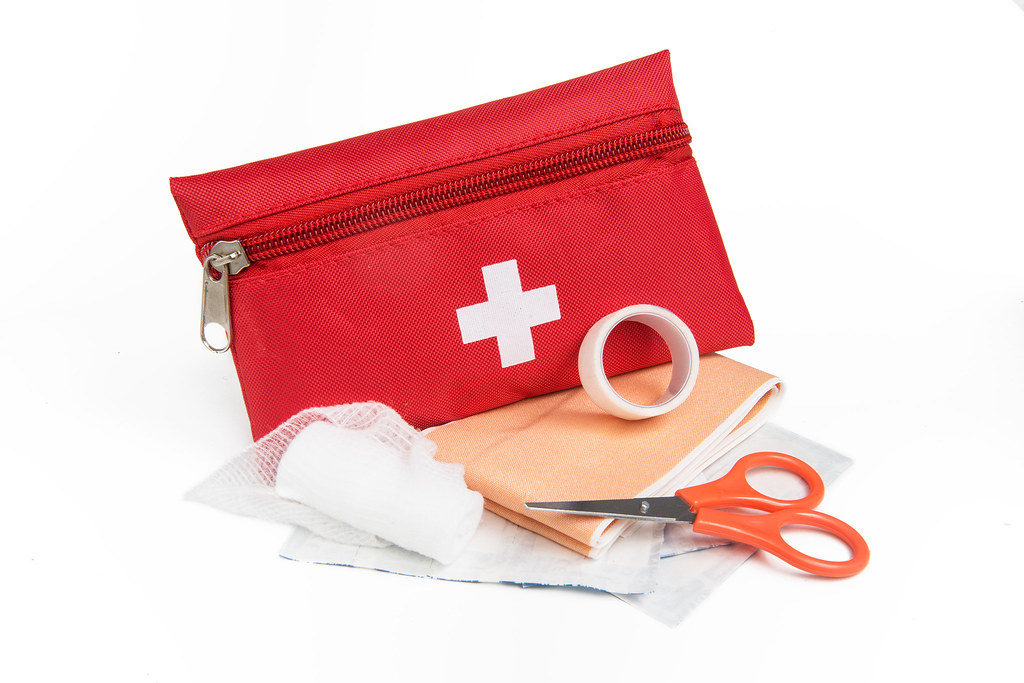By Pat Mundus.
I took my original CPR and first-aid class as a mandatory sailing instructor requirement. As a blasé teenager, I never thought I’d use the skills. I soon learned how effective the training was in a crisis. After expelling a huge projectile from a choking person’s airway using the Heimlich maneuver, I was awed and humbled as I realized I saved someone’s life. I’ve been serious about medical preparedness ever since.
One of the realities of boating is that we’re often far away from help. In near-shore waters, getting help is as easy as calling the U.S. Coast Guard on the VHF radio, but what if you’re offshore and days from any facilities? Even with a satellite phone or single-sideband radio, you will find yourself playing ship’s doctor in the time it takes for you to get to medevac helicopter range or to make landfall near a hospital.
An effective effort takes preparation before you have a medical crisis. The two most important things you can do to prepare are to get medical training, and to assemble your well-thought-out medical kit. Also be prepared to improvise in a pinch. You can be confident, backed by “Good Samaritan” laws, that you are protected if you give reasonable assistance to the injured or ill.
First, get training and stay current. Staying current keeps you practiced, and you’ll have access to the latest techniques and gear. At the least, take the American Red Cross Adult/Pediatric First Aid, CPR and AED (automated external defibrillator) course. Then assess what kind of boating you do. Picnics and day fishing, coastal cruising, offshore racing or long-distance voyaging all have different demands. Is there someone else normally aboard who is trained in first aid and CPR, or who has a medical background? If you plan on being remote and have no one to back you up, then by all means, choose a course for offshore and wilderness medicine.
Practice periodically. It’s better to find something amiss in an exercise than in a real emergency. I learned that lesson at a shipboard drill during which I practiced responding to an injured victim who needed to be loaded into a litter (a basket used for helicopter evacuation). Everything went well until it was time to move the patient out on deck to the rendezvous area. We discovered that the companionway was too narrow for the length of the litter to make the turn.
READ MORE at soundingsonline.com

